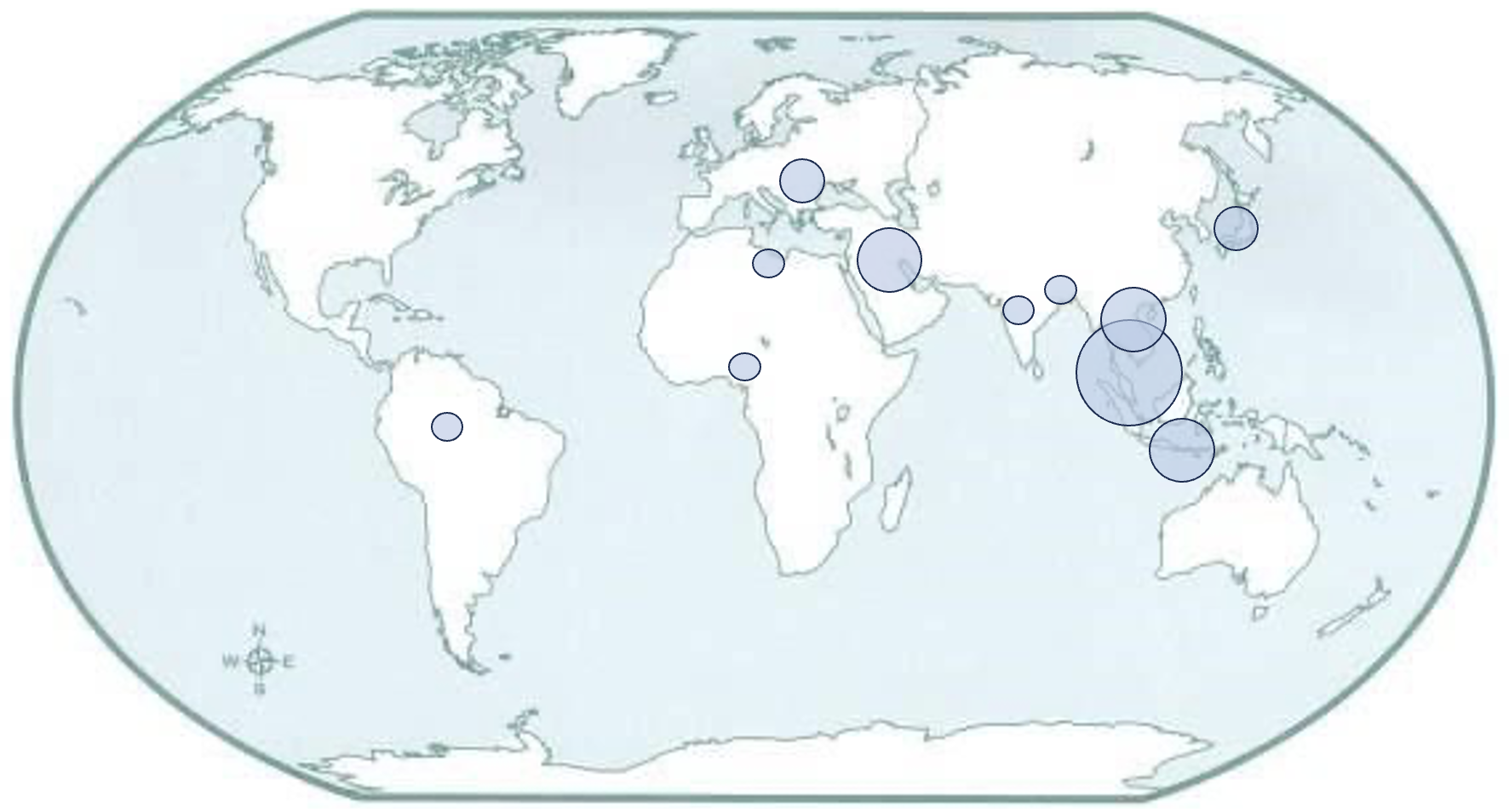Surface Area Enhancement of Modified-Candle Soot using Ethanol Treatment for Carbon Dioxide Adsorption
DOI:
https://doi.org/10.37934/armne.28.1.113Keywords:
Soot, adsorbent, CO2, capture, isotherm, surface modification, adsorption capacity, Van der Walls forces, cavitation bubbleAbstract
Carbon dioxide (CO2) is one of the greenhouse gasses that has various effects to the earth atmosphere. In recent years, carbon-based adsorbent used for CO2 adsorption. To increase the adsorption of CO2, the surface treatment should affect the adsorption sites. However, the mechanism of the ethanol surface treatment was lack of study. Hence in this study, we investigate the effects of ethanol treatment on candle soot surface and adsorption performance. Briefly, the raw soot (FS) was collected directly from the inner flame. The collected soot was treated with aqueous ethanol and labelled as washed soot (WS). Both FS and WS were studied for the significant effect on its physical, chemical properties and adsorption capacities. FS and WS showed the agglomeration of particles (mean diameter > 1). FS washed with ethanol significantly increased total pore volume (from 0.18 to 0.65 cm3/g) with almost the same surface area (from 111.01 to 113.54 m2/g). The CO2 adsorption capacity was revealed that the maximum adsorption capacity obtained by FS was 68 mg/g and slightly increased after the pre-treatment (69 mg/g). Meanwhile, Freundlich isotherm model fitted to the experimental data based on basis of the regression coefficient (R2) which are 0.979 (FS) and 0.993 (WS). Based on the isotherm, after ethanol treatment particles suggesting heterogeneous surface with large number of CO2 adsorption sites compared to non-treated soot.
Downloads

























